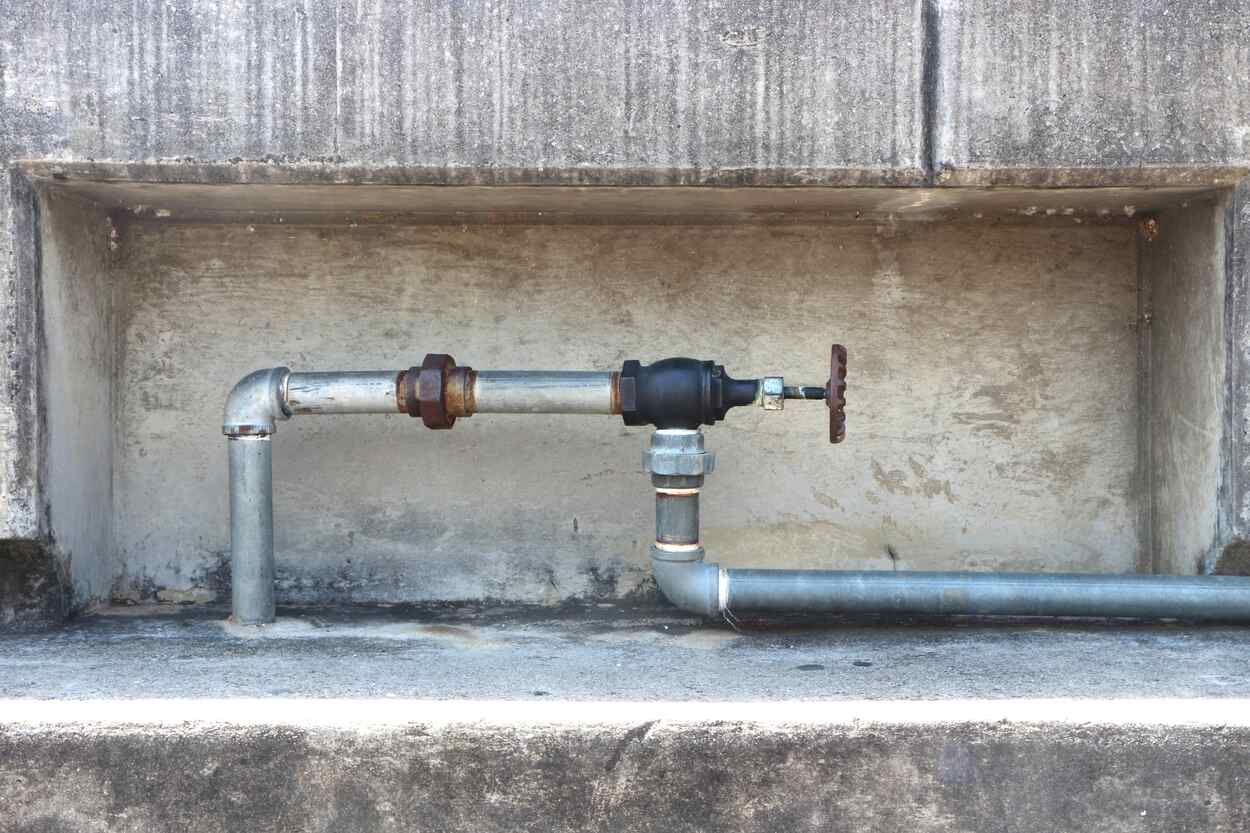Looking to keep your water supply safe from contamination? Wondering whether a backflow prevention device is the answer you need and if your local Aussie plumber can help out with its installation? Dive straight into the need-to-knows of backflow preventers and discover how these devices could be the key to your homes water safety.
Contents
- Defining a Backflow Prevention Device
- Reasons for Installing Backflow Preventers
- Plumbers and Backflow Device Installation
- Impact of Various Backflow Preventer Types
- Needed Add-Ons for Backflow Preventers
- Ongoing Expenses for Backflow Preventer
- Economizing on Backflow Preventer Installation
- Testing a Backflow Prevention Device
- Repairing a Backflow Prevention Device
- Commercial Need for Backflow Prevention
- Answering Common Questions on Backflow Devices
- Wrapping It Up
- Frequently Asked Questions (FAQ)
Defining a Backflow Prevention Device
To start, let’s pin down precisely what a backflow prevention device is. Simply explained, this piece of engineering brilliance is designed to stop dirty or contaminated water from reversing flow (hence, ‘backflow’) and entering your clean water supply. The backflow prevention device only lets water flow in one direction – towards your taps.
The U.S. Environmental Protection Agency (EPA) mandates the installation of these devices in certain facilities that handle hazardous materials, essentially serving as guardians for public water supply against contaminants. Now imagine that safety brought right into your home.
Due to construction and liquid dielectric properties, backflow preventers come in various types, each suited to different residential or commercial requirements. Your selected type will impact its cost, installation process, maintenance needs, and lifespan.
That said, it might concern you to learn that according to the American Society of Sanitary Engineering (ASSE), an alarming number of about 95% of backflow incidents go undetected. Upholding the importance of professional installation and maintenance of backflow preventers in homes and workplaces.
Reasons for Installing Backflow Preventers
While also being mandated by regulatory bodies, homeowners install backflow prevention devices for two primary reasons: preventing water contamination incidents and achieving clean water supply goals.
Incidents leading to water being polluted pose severe health implications. Hydrolysis, insoluble hydroxides mixing with water, a failure among other home appliances which alters water flow – these are potential breeding grounds for contaminants, poising risks to individuals consuming the water.
Adopting the figures from the American Backflow Prevention Association (ABPA), we find that more than 6% of installed backflow preventers are never tested, with another 64% being tested only sporadically. Lack of proper attention here could lead to a failure rate of about 5% annually.
Then again, periodically checking and maintaining these devices have proven effective, as demonstrated by some municipalities where as many as 85% of tested devices annually need balancing repairs or some form of maintenance.
Plumbers and Backflow Device Installation

Now to the million-dollar question – can your local plumber help you out with installing a backflow prevention device? Simply put, yes! Certified plumbers not only assist with installations but guide you in selecting the appropriate device type for your home or workplace.
In cases where the installation process is relatively complex due to the building engineering involved or due to environmental limitations, relying on plumbers is key. They have industry knowledge and access to advanced technology necessary for safe installation while adhering to appropriate hydraulic engineering principles.
A reputable organization like Dan’s Plumbing can provide services for various types of backflow preventer systems. Qualified plumbers hold essential certifications needed for professionally installing these devices, ensuring optimal functioning and longevity.
One crucial note – if inexperienced or not properly trained, shoddy workmanship can result in widespread contamination. Hence, selecting an experienced plumber with a robust understanding of backflows and their prevention is critical.
Impact of Various Backflow Preventer Types
Existing several types of backflow prevention devices on the market opens up possibilities for you to find one that best suits your specific needs.
The selected type directly affects aspects such as longevity of the device (typically about 3-5 years), replacement intervals for components (can extend beyond ten years if well-maintained), failure rates and annual inspection requirements.
In determining the most suitable device type, consulting with an expert plumber is advisable. They possess an extensive understanding of each model’s functioning and maintenance needs and can recommend ones that align with your water usage habits and environmental factors attributed to your location.
Ultimately, the type of backflow preventer you choose has a significant impact on future expenses associated with testing, maintaining, and replacing parts of these devices.
Needed Add-Ons for Backflow Preventers
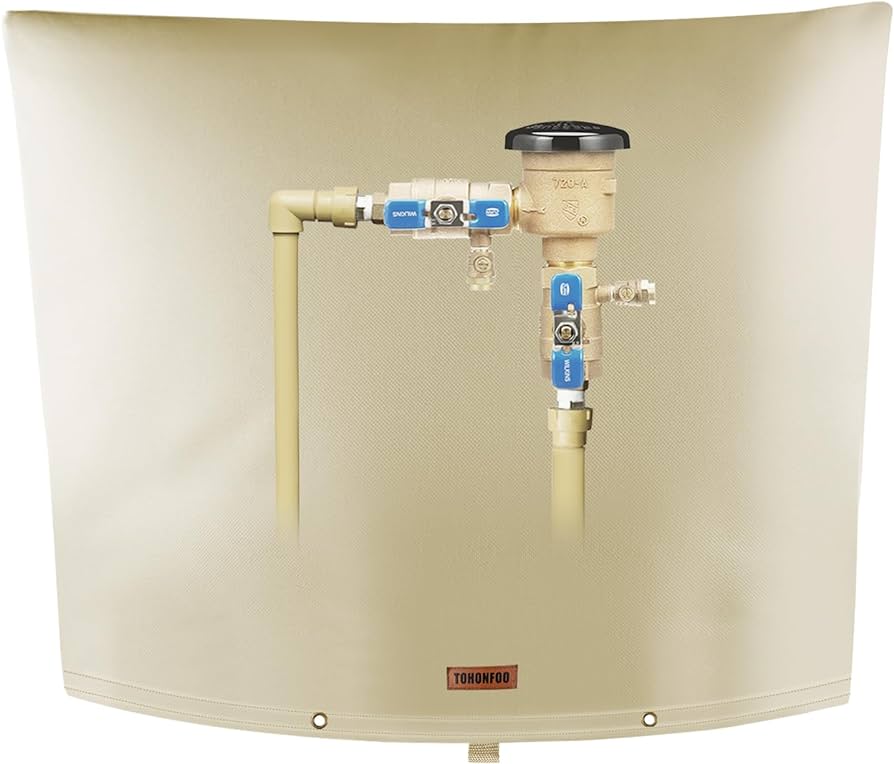
Backflow prevention devices aren’t always standalone additions to your water management systems. Often they need supporting components or add-ons for maximised functioning including various valves, seal kits or pricey components such as lubricants or refrigerants.
If there are toilet or other home appliances that could potentially cause backflows in the absence of preventive measures, installation of these additional components may be necessary.
Depending on the make and model of these add-ons, prices can vary widely. However, investing in superior quality products can promote device longevity.
A skilled plumber, once again, can prove instrumental by suggesting the right combination of add-ons best suited for your specific backflow prevention system and ensuring their efficient installation.
Ongoing Expenses for Backflow Preventer
Installation isn’t where it ends. A few ongoing expenses associated with owning a backflow prevention device include regular testing (as suggested annually is ideal), frequent maintenance checks for optimal working condition and preventive replacements of components reaching their lifespan end.
In the long run, being proactive with these ongoing tasks saves you more money than reactive responses to failed components or entire system breakdowns due to negligence. Such expenses can be quite hefty!
To ease this process and ensure compliance, plumbing companies often provide servicing packages that cater to these periodic requirements at an affordable price.
Despite seeming financially daunting initially, employing a backflow prevention device is a valuable investment for anyone seeking reliable water safety solutions.
Economizing on Backflow Preventer Installation
You might be wondering- How can I reduce the cost of installing a backflow prevention device (BPD)? After all, it’s an investment meant to protect your water supply from undesirable and potentially harmful contaminants. Well, choosing the right plumbing service can significantly influence the final cost.
Besides choosing a cost-effective plumber, proper product selection is equally important. The typical lifespan of a backflow preventer is 3 to 5 years before components may need replacement. However, a well-maintained device can last up 10 years or longer, reducing the frequency of replacement and thus saving you money over time.
Additionally, some models are more durable or easier to maintain than others, which could lower your long-term costs. Plus, if we’re able to detect potential issues during installation that can lead to pricey repairs down the line, you’ll also save on those possible future expenses.
Testing a Backflow Prevention Device

This brings us to another critical aspect: testing your BPD. Regular check-ups ensure that your device is working efficiently and keeps any potential problems at bay. The American Society of Sanitary Engineering (ASSE) reports an alarming statistic: More than 6% of installed backflow preventers are never tested while another 64% are only sporadically tested.
We at Dan’s Plumbing take testing seriously. Your local government likely requires annual testing of BPDs, and failing to comply can lead to hefty fines. That’s why we make the entire process hassle-free for our clients, ensuring regular testing and proper maintenance.
Statistics from various municipalities indicate that as many as 85% of tested backflow preventers annually require some level of repair or maintenance. However, regular inspections uncover minor issues before they escalate into more significant problems – another reason why recurring tests are a worthwhile expenditure.
We use high-quality transparent materials to visualize any accrued deposits or anomalies within your device. This allows us to nitpick potential dangers before they snowball into bigger troubles!
Repairing a Backflow Prevention Device
So, what happens when your BPD requires repair? One takeaway from these statistics is clear: There’s a reported failure rate of about 5% per year for backflow preventers, highlighting the importance of regular maintenance and swift repairs.
Maintenance measures usually involve lubricants and sometimes, necessary replacements for parts like check valves or springs. We also conduct thorough cleaning as buildups can hinder device performance. Backflow preventer repair may seem like a daunting task; but don’t worry—with Dan’s plumbing on your side, we’ll have your system running again in no time!
All our repairs are guided by environmental science concepts and sustainably sourced equipment. Our priority is ensuring that your BPD works efficiently without causing harm to the environment or public health.
With proactive measures such as regular inspections, preventive maintenance and timely repairs, you can maximize the lifespan and performance of your backflow prevention device.
Commercial Need for Backflow Prevention
Are you wondering what importance do BPDs hold for commercial establishments? Just like residential areas, commercial facilities need an efficient system in place to protect their water supply from contamination.
To highlight the importance: The U.S. Environmental Protection Agency (EPA) mandates the installation of backflow prevention devices in certain types of facilities, especially those handling hazardous materials. As such, it becomes essential to rely on experienced plumbers like us who understand the nuances and higher stakes involved in commercial installations.
While backflows incidents are rarer in residences; commercial establishments have more complex plumbing systems, diverse water usage needs, and typically handle larger quantities of water. Hence, delicate attention must be given during installation and subsequent maintenance.
Feeling overwhelmed? Don’t be. From installation to testing to repair, Dan’s Plumbing offers a comprehensive range of services tailored to the unique needs of businesses. Your business can trust us with its plumbing needs!
Answering Common Questions on Backflow Devices
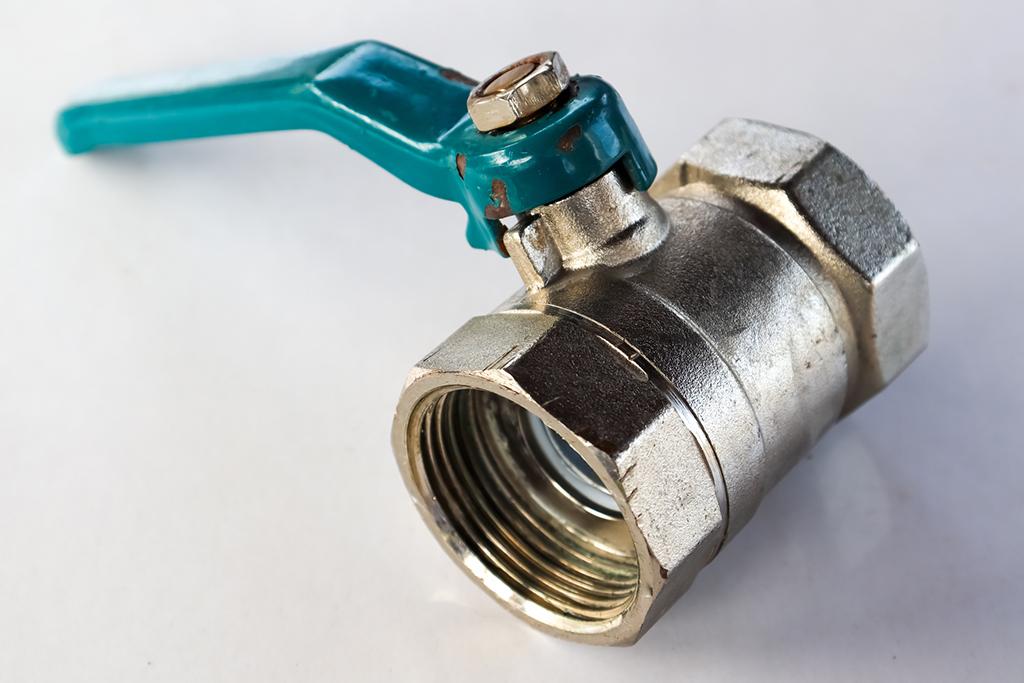
The importance of understanding your BPD cannot be understated. We often come across homeowners who are unsure about their system’s functioning or have doubts about why their BPD requires repair.
At Dan’s plumbing, we believe in empowering you with knowledge. Our team takes time out to answer any questions you may have regarding your backflow prevention device or the processes involved.
We also debunk common myths associated with these devices, like misunderstanding the need for regular testing or underestimating the risk of backflow. Remember- It is estimated that up to 95% of backflow incidents go undetected, which can lead to hazardous contamination incidents or health risks unnoticed until it’s too late.
So if you have any queries about cost, maintenance, testing frequency or simply how your BPD functions – feel free to bring them up with our friendly team.
Wrapping It Up
To wrap it up, investing in a backflow prevention device isn’t just a luxury or another addition to your plumbing system – but a priority! It’s a crucial part to ensuring safe water for you and the community. Whether you are installing, testing, repairing or simply have doubts about your BPD – Dan’s Plumbing should be your first call. We surely provide prompt Aussie solutions!
Frequently Asked Questions (FAQ)
1. What is a backflow prevention device (BPD)?
A backflow prevention device is built to stop the reverse flow of dirty or contaminated water from entering your home’s clean water supply. It allows water to flow towards your taps and prevents it from flowing back.
2. Why is a backflow preventer necessary?
A backflow preventer protects your water supply from contamination due to pollutants. It allows you to achieve clean water supply goals and minimizes incidents causing water pollution.
3. Can a local plumber install a backflow prevention device?
Yes, a certified plumber can assist you in selecting the appropriate device type for your home, and they can also help with its installation. They come equipped with industry knowledge and technical resources necessary for installation.
4. How often should a BPD be tested?
It is advisable to test the device annually to ensure its proper functioning and long-lasting service.
5. Are there ongoing expenses for backflow preventers?
Regular maintenance checks, testing, and preventive replacements of worn-out components are some of the ongoing costs you may need to bear with a backflow prevention device.
6. Can issues with backflow preventers go unnoticed?
Yes, it’s estimated that up to 95% of backflow incidents go undetected, which can lead to hazardous contamination incidents or health risks if not addressed promptly.
7. Do commercial establishments need a backflow prevention device?
Yes, commercial facilities require a BPD just as residential ones do. In fact, certain types of facilities are mandated by the U.S. EPA to have backflow prevention devices in place.
8. Can BPD lifespan be extended by maintenance?
Yes, regular inspections and timely maintenance can significantly extend the lifespan of your backflow prevention device.
9. Who do I contact for my BPD queries?
Contact your local plumbing service provider like Dan’s Plumbing for any questions related to backflow prevention devices. They can advise you on costs, maintenance, testing frequencies, and BPD functionality.
- Can I Get a Plumber to Help Me Install An Under Sink Water Boiler in Our Office Kitchen? - September 14, 2024
- Can a Plumber Help Me Clear a Badly Clogged Toilet? - September 4, 2024
- Can a Plumber Help Me to Replace a Bathtub Drain Stopper? - August 29, 2024
Related posts:
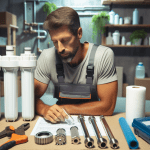 Can a Plumber Help Me Install a Whole House Water Filter?
Can a Plumber Help Me Install a Whole House Water Filter?
 Can a Plumber Help Me Install a New Bathroom Tap?
Can a Plumber Help Me Install a New Bathroom Tap?
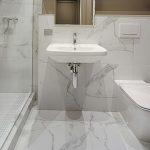 Can a Plumber Help Me Install a Water-Saving Toilet in My Older Melbourne Bathroom?
Can a Plumber Help Me Install a Water-Saving Toilet in My Older Melbourne Bathroom?
 Can a Plumber Install a Ventilation Fan in My Bathroom? Or Is That a Job For a Licensed Australian Electrician?
Can a Plumber Install a Ventilation Fan in My Bathroom? Or Is That a Job For a Licensed Australian Electrician?
 Can Your Plumbers Help Me Install a Reverse Osmosis Filtration System? Is It Worth It For Homes in Sydney Or Melbourne?
Can Your Plumbers Help Me Install a Reverse Osmosis Filtration System? Is It Worth It For Homes in Sydney Or Melbourne?
 Can Your Plumbers Help Me Install a Dishwasher?
Can Your Plumbers Help Me Install a Dishwasher?

